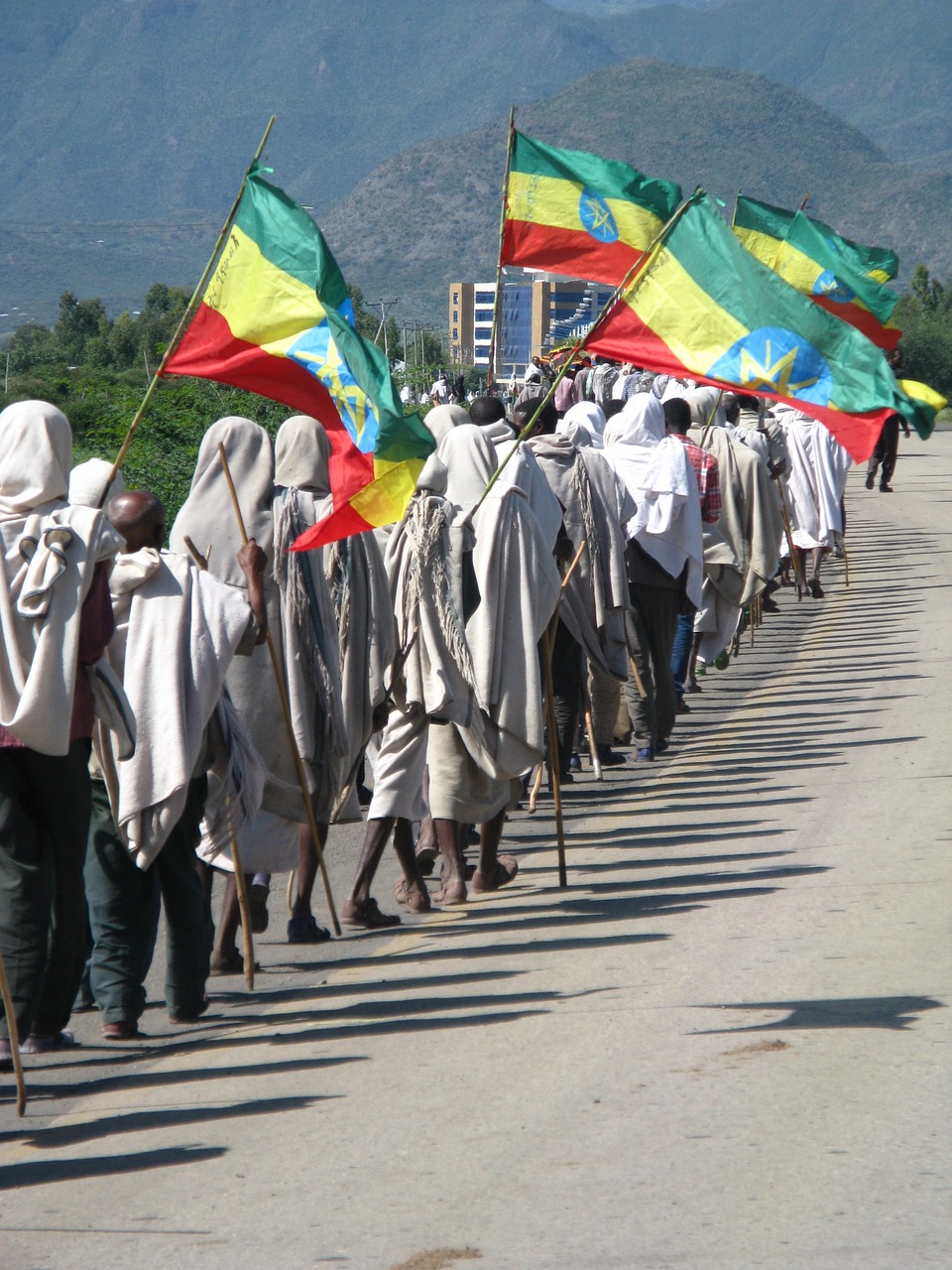Ethiopia’s recent macroeconomic reforms, supported by the International Monetary Fund (IMF) and the World Bank, could have profound implications for the country and the region. The key reforms include the use of a floating exchange rate system and of interest rates as a policy tool.
They were introduced just ahead of the approval of a financial package that could eventually amount to about US$20 billion by the IMF and the World Bank. Ethiopia is also expected to save about US$5 billion from its credit restructuring following the IMF deal.
The financial package aims to tackle pressing issues such as inflation, foreign exchange shortages and debt sustainability.
Ethiopia has been one of the fastest-growing economies over the past two decades. GDP growth has averaged around 10% in most years. However, this was largely driven by public investment, which resulted in high government debt. The weak growth of the private sector meant the country produced little to export, contributing to a shortage of foreign exchange.
Inflation, which has been over 30% in recent years, has been another challenge.
There is broad agreement that macroeconomic reforms were necessary. The main debate has become how exactly they are carried out.
I am a development economist with a passion for researching the economic factors that drive societal progress. My previous research on Ethiopia’s economic challenges has focused on the structural transformation of the economy to provide employment, and an examination of the country’s economic policies.
It is my view that Ethiopia’s macroeconomic reforms represent a bold attempt to head towards economic stability and growth. Their success hinges on several critical factors:
- using interest rate policies effectively
- keeping the central bank independent
- managing the transition to a floating exchange rate.
Ethiopia’s strategic location in the Horn of Africa, a region fraught with conflict and instability, adds a layer of complexity. With a population exceeding 120 million and hosting nearly a million refugees, Ethiopia’s stability is crucial not only for its own future but for the region’s as well. Failure to stabilise its economy could worsen regional turmoil, creating more refugees and making it harder to help them.
The success of these reforms, therefore, has far-reaching implications.
Interest rate policy
The National Bank of Ethiopia has been given a more active role: managing the economy by setting short-term interest rates, in addition to its regulatory oversight of the banking system. For this policy to achieve its desired effects, several conditions must be met.
First, the central bank must be independent. As things stand, its ability to set effective interest rates may be constrained by its accountability to Prime Minister Abiy Ahmed. Its decisions could be influenced by the government’s priorities. Reports of a lack of transparency in various recent mega projects in Ethiopia may undermine the credibility necessary to manage inflation expectations effectively.
Second, the formal financial sector has to be well developed. In economies where the financial sector is well developed, changes in interest rates can influence borrowing, spending and investment decisions. Ethiopia’s private sector is dominated by micro and small enterprises that rely primarily on their own sources of finance. Access to formal finance such as banks is limited and small movements in interest rates may have only limited effects.
Third, the central bank needs quality data. It must be able to collect, analyse and communicate economic data. Reliable data is crucial for setting optimal rates and monitoring economic conditions.
Without addressing these issues, the central bank’s ability to achieve its policy objectives may be limited.
Floating exchange rate
The decision to allow the currency’s value to be determined by the market is intended to address severe foreign exchange shortages. Historically, forex rationing favoured large government projects, often at the expense of private sector development. The new policy is expected to correct these imbalances, but it also carries risks.
The most immediate impact of the reforms was the depreciation of the Ethiopian currency. Less than 10 days after the birr was floated, its value had fallen by about 90%. This could result in runaway inflation, particularly given Ethiopia’s heavy reliance on imports paid for in ever more expensive foreign currency. A floating exchange rate could also introduce volatility, which may deter investment and increase economic instability.
In an economy with a competitive private sector, a weaker currency can boost export trade by making goods and services cheaper and more competitive in international markets. But these potential benefits may not be fully realised due to existing constraints in Ethiopia’s export sector.
Also, amid ongoing conflicts in parts of the country, a flexible exchange rate could lead to capital flight. In times of conflict or instability, investors and businesses often protect their assets by moving their capital to safer, more stable environments. A flexible exchange rate system might exacerbate this tendency, as it allows for more rapid changes in the currency’s value.
Another concern is that the influx of foreign exchange resulting from IMF and World Bank support could pose challenges to Ethiopia’s policy independence. Increased reliance on external funds could shift accountability away from domestic governance structures toward international institutions.
A surge in foreign exchange could also eventually lead to currency appreciation. This could weaken export competitiveness.
A delicate balance is required to maintain economic stability.
High stakes
These macroeconomic policy shifts hold promise – if they work in practice.
The success of the reforms depends on complementary sectoral policies that free up the private sector to perform better. Input shortages, value chains, customs clearance and security are some of the issues to address.
The stakes are high. A failure to stabilise the economy could have profound consequences, not only for Ethiopia but also for the broader Horn of Africa.




